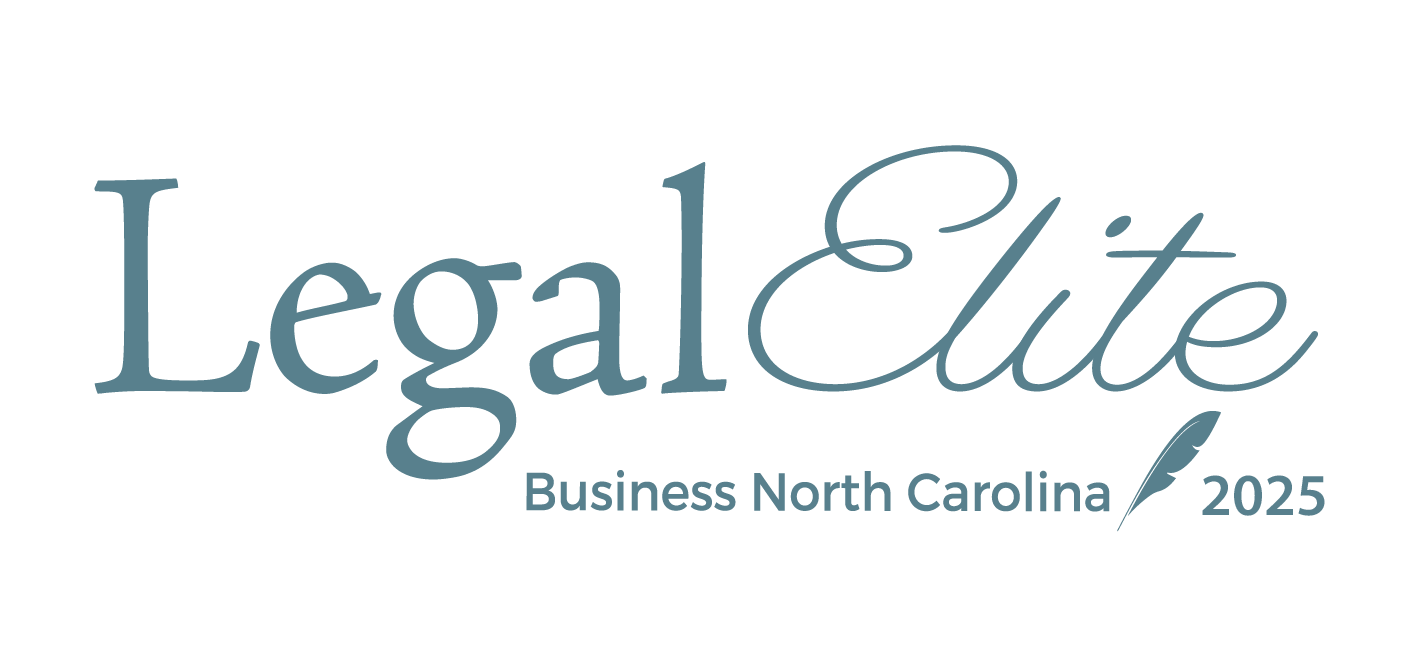Between COVID-19, last year’s demonstrations for racial justice, and a new president, there are many legal issues employers may need to consider — or reconsider.
A quartet of Ward and Smith attorneys highlighted some changing and newly relevant areas of labor and employment law for the Rapid Fire Legal Update panel during the firm’s 2021 Virtual Employment Law Symposium.
They covered federal regulators' new approach to certain protected employee conduct, the status of independent contractor guidelines, COVID-19-related employment practices, and diversity, equity, and inclusion in the workplace.
New Sheriff in Town
Grant Osborne, a labor and employment attorney who advises companies and handles litigation, opened the discussion by examining a new federal regulatory priority.
The general counsel of the National Labor Relations Board (NLRB), the agency responsible for enforcing the National Labor Relations Act (NLRA), issued a memorandum outlining a renewed focus on Section 7 of the law.
“Even though North Carolina has among the lowest representation of unionized workers in the country,” Osborne says, “this statute applies to essentially every [private sector] employer.”
Section 7 of the NLRA protects workers’ rights to engage in concerted activities for the purpose of mutual aid or protection. These activities, Osborne says, can include discussions, social media posts, and other forms of communication about terms and conditions of employment.
It effectively covers many potential areas of political and social expression related to the workplace, he says. The law could cover, for example, workers' conversations with each other — or with others — on “societal issues.”
That means, Osborne says, that employees could advocate for an increase in the minimum wage, or they could discuss their own employment experiences (good or bad) with journalists.
The agency is saying that “cases involving retaliation against concerted employee conduct will be vigorously pursued,” Osborne says, quoting the memo.
“The NLRB Office of the General Counsel is essentially throwing a gauntlet down, saying, ‘We haven’t forgotten about this doctrine of mutual aid and protection,’” he says.
Independent Contractor Updates
The law around independent contractor status has long been fraught for employers, who could face extra liabilities if they mistakenly classify an employee as an independent contractor.
“You’re opening yourself up to all kinds of issues,” says Will Oden, a labor and employment attorney who litigates and advises clients. Misclassified employees likely may be owed benefits that contractors are not, and they have additional legal rights.
For example, when a company misclassifies an employee as an independent contractor, the company's workers' compensation insurance carrier likely will refuse to defend the company against a workers' compensation claim brought when that worker is injured. Also, that same misclassified worker hurt on the job may not be limited to only filing a workers' compensation claim against the company. Either way, this could lead to substantially higher exposures and liabilities for the company.
Oden told attendees about the fate of recent efforts to change federal guidelines, and what future changes might be considered depending on the political winds in Washington. The Trump Administration previously proposed changes to the guidelines for determining independent contractor status. The changes were scheduled to go into effect in March 2021, but the Biden Administration halted those efforts.
According to a news release from the Biden Administration announcing the halt of the Trump Administration's proposed changes, Oden quoted, “[t]he department believes that the rule is inconsistent with the Fair Labor Standards Act’s standards and purpose and would have a confusing and disruptive effect on workers and businesses alike due to its departure from longstanding and judicial precedent.”
So, at least for now, companies still have to evaluate a lengthy list of factors to determine whether a worker truly is an independent contractor. However, ultimately, how much control the company has over the worker will generally determine whether the worker should instead be classified as an employee.
However, that doesn't mean that these independent contractor guidelines won't change at some point, Oden says. President Biden has said he supports the “ABC” test already established in California. Under California's ABC rule, a worker is an employee unless they meet all three of the following standards:
- Being free from the employer’s control and direction.
- Performing tasks outside of the hiring entity’s usual business.
- Customarily engaging in an independently established trade, occupation, or business.
To classify a worker as an independent contractor in California is certainly “a more difficult burden to meet,” Oden notes. But outside California, it’s not the law of the land yet.
COVID Complexities in Employment Law
Though many people have been vaccinated and many states have rolled back COVID-19 restrictions, such as indoor face mask mandates, the pandemic will likely continue to directly impact employer-employee relationships the rest of the year.
Hayley Wells, an employment law litigator, said many employers are considering vaccine mandates. Are they legal?
Wells says: “The answer is yes, but ….”
Employers must consider what they’ll do if employees refuse to get vaccinated.
“Consider what you will do in an instance where an employee is unable or refuses to get a vaccine for either an Americans with Disabilities Act (ADA) disability or because it conflicts with a sincerely held religious belief,” she says.
For an ADA claim, employers must move through an interactive process to collect more information about the worker’s disability and consider whether there’s a reasonable accommodation that would still allow the individual to perform their essential job functions.
If the job had been done remotely during the pandemic, then telework would likely be considered a reasonable accommodation, even if a company prefers workers to be in the office.
“For an employer to take a position now that teleworking is no longer a reasonable possibility or accommodation would likely be viewed as an unreasonable position,” Wells says.
For workers claiming a religious exemption, she says, employers should try to accommodate them so long as it doesn’t impose an undue hardship. Accommodations that are too costly would compromise workplace safety, decrease efficiency or require other employees to do more than their fair share.
Wells says many employers are opting to encourage workers to get vaccinated, or even reward it, but not require it.
Some employees, by contrast, may fear to return to the workplace due to COVID-19 concerns. In some cases, employers may be able to provide information about what steps they’re taking to ensure safety and soothe those concerns. In other cases, the anxiety could rise to the level where it requires an ADA review and potential accommodations.
Another option, Wells says, might be offering Family and Medical Leave Act [FMLA] leave or even paid time off in some cases.
The Case for DEI
The pandemic wasn’t the only major societal event in 2020 that altered employee-employer relationships. Racial justice demonstrations, triggered by several highly publicized police killings of Black people, have turned into a broader push for social justice, labor and employment attorney X. Lightfoot says.
Many businesses made significant public commitments to support that movement in their own organizations and in communities where they operate, he notes, making diversity, equity, and inclusion (DEI) a priority.
Lightfoot started with defining each term.
"Diversity is a representation of different people in a group with varying characteristics — age, education, religion, ethnicity, and other traits. Equity, however, is a process that recognizes individual needs and takes into account the fact that not everyone starts out with the same opportunities, resources, and circumstances as barriers do exist in all societies."
“Finally, inclusion is focused on creating an environment within your organization that is collaborative, respectful, and supportive of that diverse mix of individuals where everyone feels safe, valued, and welcomed to contribute.”
There is a strong business case for diversity. Lightfoot cited studies by consulting firm McKinsey & Co. that found companies with greater diversity outperforming their competitors financially. Companies that embrace DEI practices, Lightfoot says, have advantages in employee retention, innovation, branding, and other areas.
“This provides a very compelling business case for organizations to prioritize diversity, equity, and inclusion efforts.”
For firms that wish to strengthen their DEI efforts, Lightfoot — who also holds a Diversity and Inclusion Certificate from Cornell University and is the North Carolina Society for Human Resource Management’s diversity, equity, and inclusion chair — suggested three steps.
First, assess and evaluate your company’s culture and people processes. What is your business doing in recruiting, hiring, retention and advancement? Are there inequities in those processes?
Second, invest in DEI.
“It starts internally,” Lightfoot says, with “commitment from decision-makers.” Many companies establish internal committees to lead DEI initiatives.
“This inclusion council can also help you develop a winning plan that you can promote and implement throughout your organization,” Lightfoot says.
Finally, companies should promote inclusive participation. This can include the creation of employee resource groups and finding ways to celebrate differences in the workforce. Some of those efforts can be as simple as spotlighting current happenings, such as Women’s History Month in March.
“Highlight those things that go on within society,” Lightfoot says. Employee newsletters, company bulletin boards, and intranets may all provide opportunities for employers to communicate about diversity, equity, and inclusion efforts.
Lightfoot notes there is a lot of DEI training in the marketplace, but “a lot of them are garbage.”
“To implement effective DEI strategies within your organization, you want to conduct comprehensive training that reflects your culture and mission,” he says. “The training is only impactful and effective when you are able to connect the WHY behind DEI strategies back to your culture and mission as an organization.”








